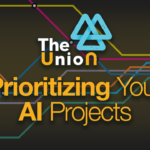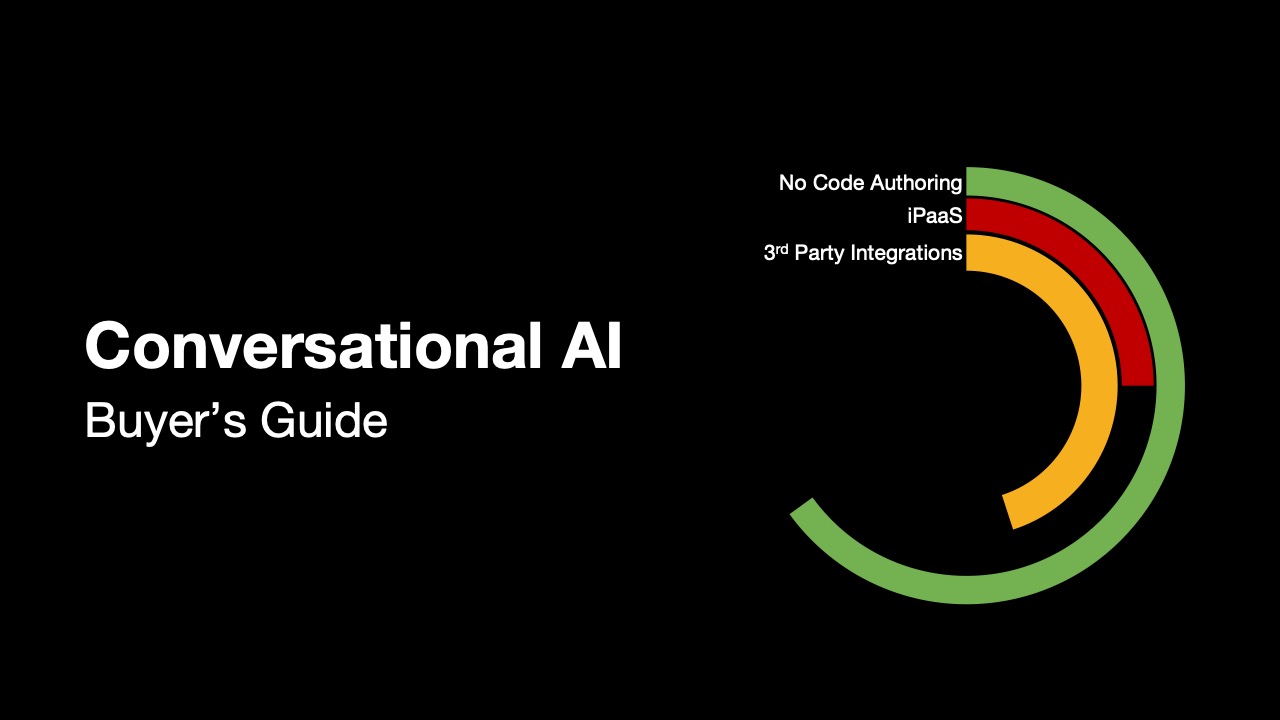As businesses become increasingly reliant on third-party vendors for IT services, it is important to understand and manage the potential risks associated with this type of relationship. A misstep in managing these relationships can have significant consequences, including loss of data or access, financial losses due to downtime or disruptions in service delivery, and even reputational damage. Therefore, businesses need to understand the importance of properly managing third-party IT risks to protect their business and customers.
What is third-party IT risk?
Why is it important to measure and manage this?
Third-party risk is the inherent risk of letting another party such as a consultant, a service provider, or another type of organization have access to your organization’s data or technology systems. Different organizations let different types of third parties access their information, systems, networks, and even paper records. This loss of absolute control by an organization has an inherent level of risk. Measurement of this type of risk depends on the sensitivity of the access and what is being accessed. If you let a customer (a third party) access your wifi network designated solely for customers, the risk of anything going wrong and preventing you from achieving your mission is low. If you let a payroll company have all your employee names, tax IDs, and addresses to perform payroll, the risk of something going wrong and preventing you from achieving your mission is much higher. Managing risk is the set of activities or ‘controls’ you put in place to minimize the chance bad events will occur.
What are some of the challenges in managing third-party IT risk?
Organizations today face a variety of risks associated with third-party IT, from data breaches to ransomware attacks to IT outages. Managing these risks can be a challenge, as organizations must take into account the security of any external providers they work with and ensure that proper protocols are being followed. In addition, they must carefully weigh the costs and benefits of allowing external parties access to their information and technology systems. To effectively manage third-party IT risk, organizations must be aware of the risks associated with it, identify any potential threats, and implement appropriate measures to mitigate them. Moreover, they must ensure that the proper protocols for managing access are in place and that there is adequate oversight.
Measuring third-party risks is challenging
Some of the challenges organizations face in managing third-party IT risk include:
Lack of visibility: It can be challenging to maintain visibility into the security posture of third-party IT vendors, particularly for those vendors who are not willing to share detailed information about their security practices and controls.
The complexity of vendor relationships: Many organizations work with a large number of third-party vendors and service providers, each with its unique set of IT risks. Managing these relationships and identifying and mitigating risks can be challenging and time-consuming.
Rapidly evolving threat landscape: The threat landscape is continuously evolving, and new threats and vulnerabilities are emerging all the time. It can be challenging to keep up with these changes and ensure that third-party IT vendors are adequately protected against them.
Shared responsibility: Both the organization and the third-party vendor share responsibility for managing IT risk. However, it can be challenging to ensure that the vendor is meeting its responsibilities, particularly when it comes to patch management, vulnerability scanning, and incident response.
Compliance: Organizations must ensure that third-party vendors comply with regulatory requirements and industry standards, such as PCI-DSS, HIPAA, and GDPR. However, verifying compliance can be challenging, particularly when dealing with vendors in different jurisdictions.
How to measure and manage third-party risks
Organizations need to develop a comprehensive third-party IT risk management program that includes policies and procedures for vendor selection, due diligence, ongoing monitoring, and incident response. They must also have clear communication and reporting mechanisms in place to ensure that all stakeholders are aware of the risks associated with third-party vendors. The use of automation tools, such as third-party risk management software and vulnerability scanning tools, can help organizations manage third-party IT risk more effectively.
However, operationalizing governance, risk, and compliance (GRC) software can bring its own set of challenges. Some of these include:
Cost: GRC software can be expensive to procure and maintain, particularly if the organization is dealing with multiple vendors or service providers.
Training requirements: GRC systems require extensive training for users, as well as ongoing maintenance.
Data security: GRC systems may require access to sensitive data and can introduce additional risks if not properly secured.
Complexity: GRC systems can be complex to configure and use, which can lead to implementation errors or delays.
Vendor lock-in: Organizations may become reliant on a particular vendor’s GRC system and unable to switch to another provider, limiting their options.
Regulatory compliance: GRC software must comply with all relevant regulatory requirements, which can be difficult to manage without expert assistance.
Platform integration: If the organization has multiple systems in place, integrating them with a GRC system can be challenging and time-consuming.
Managing third-party risk is a process
To effectively manage third-party IT risk, organizations need to develop a comprehensive risk management program that includes policies, procedures, and communication. GRC software packages can help with this process, but they come with their own set of challenges such as cost, training requirements, data security, complexity, vendor lock-in, regulatory compliance, and platform integration. Organizations need to consider these factors when implementing a GRC system to ensure successful implementation and ongoing risk management.







